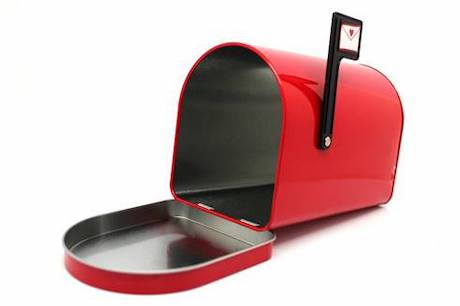
How is the BEM industry changing to meet the challenge of mandatory energy codes?
-Interested in Indiana
Dear Interested,
Challenge comes along with the tremendous growth we are experiencing to meet the simulation and modeling needs of the design community. These challenges fall into three categories — tools, techniques and processes. IBPSA, ASHRAE and DOE are continuing to address the accuracy and reliability challenges in tools and techniques along with software developers and researchers. However, use of modeling tools to address industry needs has met with mixed success in the process of delivering analysis services, more specifically the need for energy code compliance modeling in almost all new high performance and net zero building design projects.
Often I hear something related to code compliance modeling that poses a big credibility challenge to the BEM industry. During a recent meeting in Seattle, Duane Jonlin remarked that designers retain modelers’ services to overcome energy code requirements — the phrase he used: “model it out of the code requirement.” In some cases, energy modelers were able to demonstrate compliance using a whole-building performance approach for designs incorporating uninsulated walls in colder climates with other high efficiency options such as lower lighting power density or high efficiency mechanical systems, essentially overcoming prescriptive or trade-off requirements with energy modeling. Seattle city and New York state codes have now incorporated mandatory UA or component specific requirements; ASHRAE 90.1 is working towards an envelope “Backstop,” all aimed at code requirements being bypassed using the whole-building performance approach.
This is a technical challenge which many modelers can address by parametric analysis. When such changes are proposed solely for the purpose of overcoming or meeting code requirements, we find performance issues are not considered or overlooked by modelers. Thermal bridging, moisture performance, and air leakage are critical considerations that modelers do not necessarily evaluate due to their focus on meeting the energy code requirement. In a recent design review, an architect reached out questioning the performance impact of a modelers recommendation to add a second layer of R-21 insulation in a metal building wall system to meet the California Title-24 requirement. The basic metal building wall has a layer of R-10 insulation draped over the girts with a vapor impermeable facing. By adding insulation over the vapor impermeable facing, the dew point for conditioned indoor air is moved inward of the wall assembly increasing the potential for condensation. Hence, it is important for modelers to evaluate performance issues using building science principles before rushing to model the design option just to meet the code. This is even more critical for mechanical systems modeling, where the equipment performance, operating schedules and set points can be manipulated to comply with the code, but may adversely impact the building performance.
The modeling community is constantly looking to improve the accuracy and reliability of simulation tools, but the real threat is in ensuring credibility. Standardized and ethical practices are needed to set a high bar for the industry to deliver simulation services that meet the overall objectives of high performance design based on sound building science principles. So next time, when you are asked to “model the requirement out,” respond by saying “we can create models to identify design options to meet the requirement.”
Happy modeling,
Krishnan Gowri, PhD, BEMP, ASHRAE Fellow
Building Performance Practice Lead
Intertek – Building Science Solutions
krishnan.gowri@intertek.com
Do you have anything to add or your own answer to contribute? Please share your thoughts by emailing askamodeler@ibpsa.us; you are an expert too! Do you have your own question for the expert? Submit your question to be considered for a future column. Note that questions requiring an immediate response should be submitted to the community of experts at unmethours.com. If you are interested in replying to a question as a featured expert or have any other feedback about Ask a Modeler please email askamodeler@ibpsa.us.


